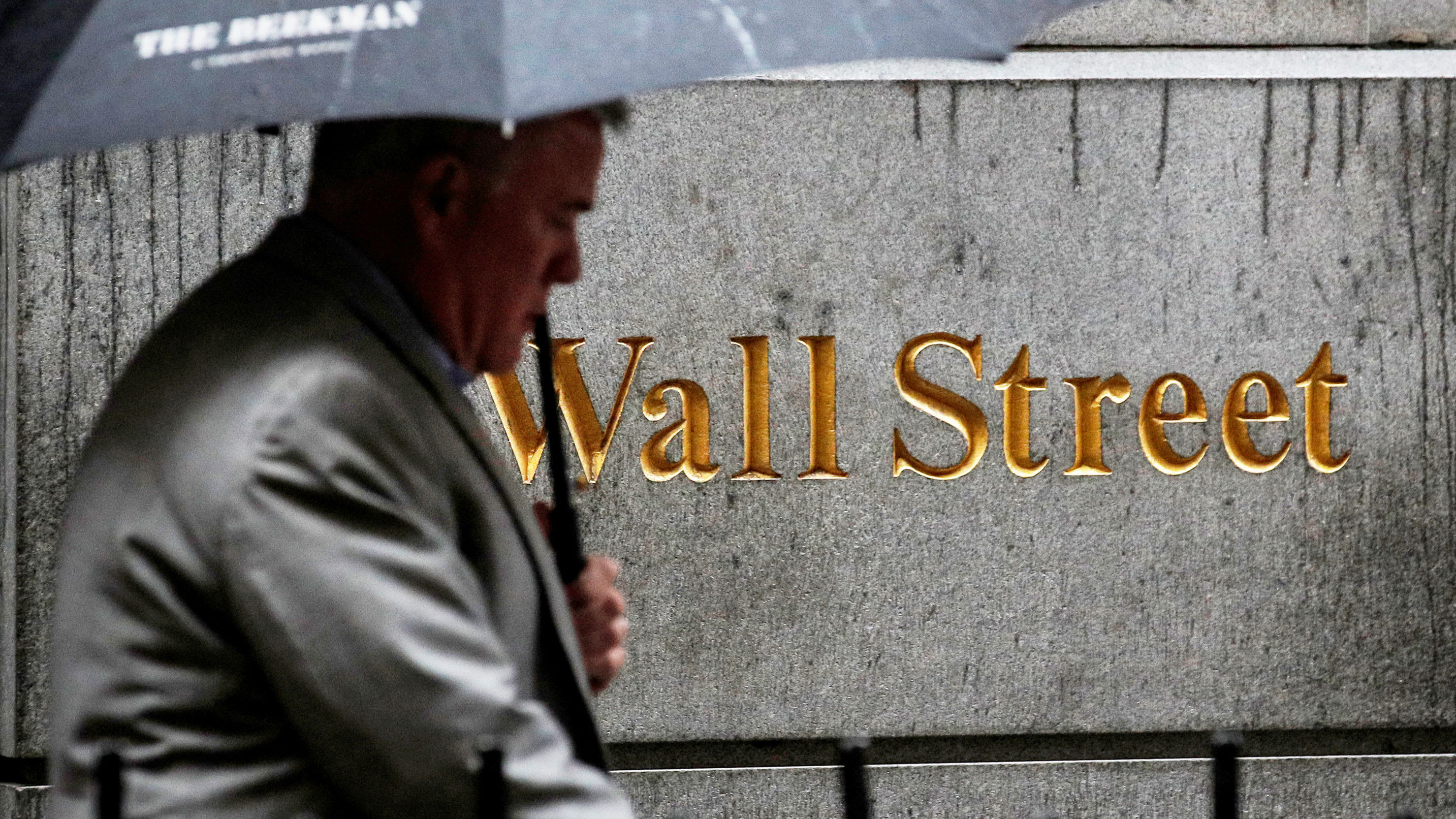
Brendan McDermid | Reuters
(This story is part of the Weekend Brief edition of the Evening Brief newsletter. To sign up for CNBC’s Evening Brief, .)
Markets are winding up a robust year that surprised many on Wall Street, which is already drawing up plans on what to do in case the good times don’t last.
Major averages continue to scale new heights in a year that posed any number of threats, from the weak corporate earnings picture to the continuing tariff skirmish between the U.S. and China to the lingering threat of a global slowdown that could infect the U.S. The Dow Jones Industrial Average topped 28,000 on Friday.
The good times, though, may not last.
A pronounced economic slowdown plus the threat of a less investor-friendly administration in the White House are just some of the things threatening stocks, and propelling investment pros to prepare strategies for an extended period of less stellar returns.
Low interest rates and low inflation, progress in trade talks and an accommodative Fed are on investors’ side, said Michael Yoshikami, CEO and founder of Destination Wealth Management. He thinks investors still should be exposed to stocks, but with an increased level of caution.
“Given all of those positives, I think that is unreasonable to expect that we’re going to continue to have the kind of momentum that we’ve had of late,” Yoshikami said. “We really are looking for some sort of stimulus that would suggest it could propel the market forward. While I believe interest rates are going to remain low, much of the positive benefit has already been played out in the market.”
Wall Street experts with a longer view of the market tell CNBC they are pushing dividend stocks as part of a general move to quality and a lower risk profile.
There’s some divide over commodities and real assets in general, while some are looking at ethical investing — the so-called ESG space of environmental, social and corporate governance — as a way to ride the wave of the future. Political risks also are being assessed, with a Democratic victory in the 2020 presidential race seen as a challenge that could impact a host of asset classes.
Political risk
“Things happen in cycles,” Yoshikami said. “We’re in the longest bull market in history. What is the stimulus going to be to move the bull market forward?”
While they’re assessing potential catalysts in a low-return world, Yoshikami encourages investors to “take profits” after a year in which the S&P 500 has rallied more than 23%. He also is on the dividend train but sees room for growth in telecoms like AT&T as well as consumer staples stocks, technology and even health care.
That health-care sector, though, remains a scary one for long-term investors, given the political risk that is at the center of the lower-for-longer thesis in market returns.
Assessing a win from the Democratic side and in particular Sen. Elizabeth Warren, Citigroup’s Dana Peterson said “the stock pickings do look slim under this potential electoral outcome.”
“Our sense is that the hit to corporate confidence could be profound in such a case, with negative capital investment consequences hurting Industrials,” Peterson, a global economist at the firm, said in a note.
In a scenario where Democrats could be successful in passing Medicare for All, Peterson said health-care stocks could suffer and “there do not seem to be many places to hide in this scenario.” Higher taxes, meanwhile, would hurt consumer-related stocks.
Breaking tradition
De-risking is likely to be a theme under most scenarios going forward. That doesn’t mean getting out of stocks, but it could entail a focus toward retaining capital rather than chasing returns in the lower-for-longer scenario.
“Make sure risk tolerance is properly calibrated. Valuations are getting a little bit full,” said George Mateyo, chief investment officer at Key Private Bank. “Give the fact that returns are likely to be lower going forward, it’s important to find ways to minimize fees, minimize taxes, some things you have control over.”
Mateyo is stressing diversification, even though the traditional 60/40 mix of stocks and bonds may need some tweaking ahead with bond yields likely to hold low.
More specifically, he also sees room for dividend payers, but also is looking for alternatives such as private equity and hedge funds, which have been underperforming the S&P 500 but have been providing fairly steady returns even in times when the market has been down.
“We are in this low-rate environment for a while. There are a number of good things happening that we want to acknowledge as well,” Mateyo said. “Being in the equity market makes a lot of sense. High-quality, dividend-yield stocks are things that make a lot of sense in this environment and provide good returns going forward.”
As a whole, dividend-payers have performed about in-line with the market. The S&P Dividend Aristocrats are up nearly 23% year to date. Some of the leading names in the group are Leggett & Platt, AbbVie and Walgreens Boots Alliance.
Along the lines of quality in a low-return environment, Goldman Sachs is directing investors to look at companies that provide strong return on equity, which has leveled off this year around 17% for S&P 500 companies.
“The path forward for S&P 500 ROE is likely to get more challenging,” David Kostin, Goldman’s chief U.S. equity strategist, said in an analysis over the summer. “Accelerating wage inflation and the potential for incremental tariffs represent two sources of downward margin pressure.”
Goldman recommended a basket of stocks that “outperforms in weakening growth environments as investors assign a scarcity premium to firms that are able to expand ROE.”
Some leading stocks in the category include Under Armor, Apple and Cisco Systems.
The ESG strategy
One other longer-view class in a low-growth environment involves the ESG grouping, which has outperformed the market this year with a 25% return as gauged by the S&P Global 1200 ESG Index.
Allianz global strategist Neil Dwane recommends dividend payers but as a part of a broader look for “megatrends,” a group in which he includes the environmental, social and governance companies.
“Companies are finding that seriously addressing issues such as climate change and executive pay can help them improve their competitive positions,” Dwane said in the firm’s 2020 look ahead. “Investors are seeing proof that ESG investing can help them manage risk and improve return potential.”
Allianz also backs a strategy that includes private credit, infrastructure debt and equity, investments that tend to be less correlated and can perform well when returns lag.

